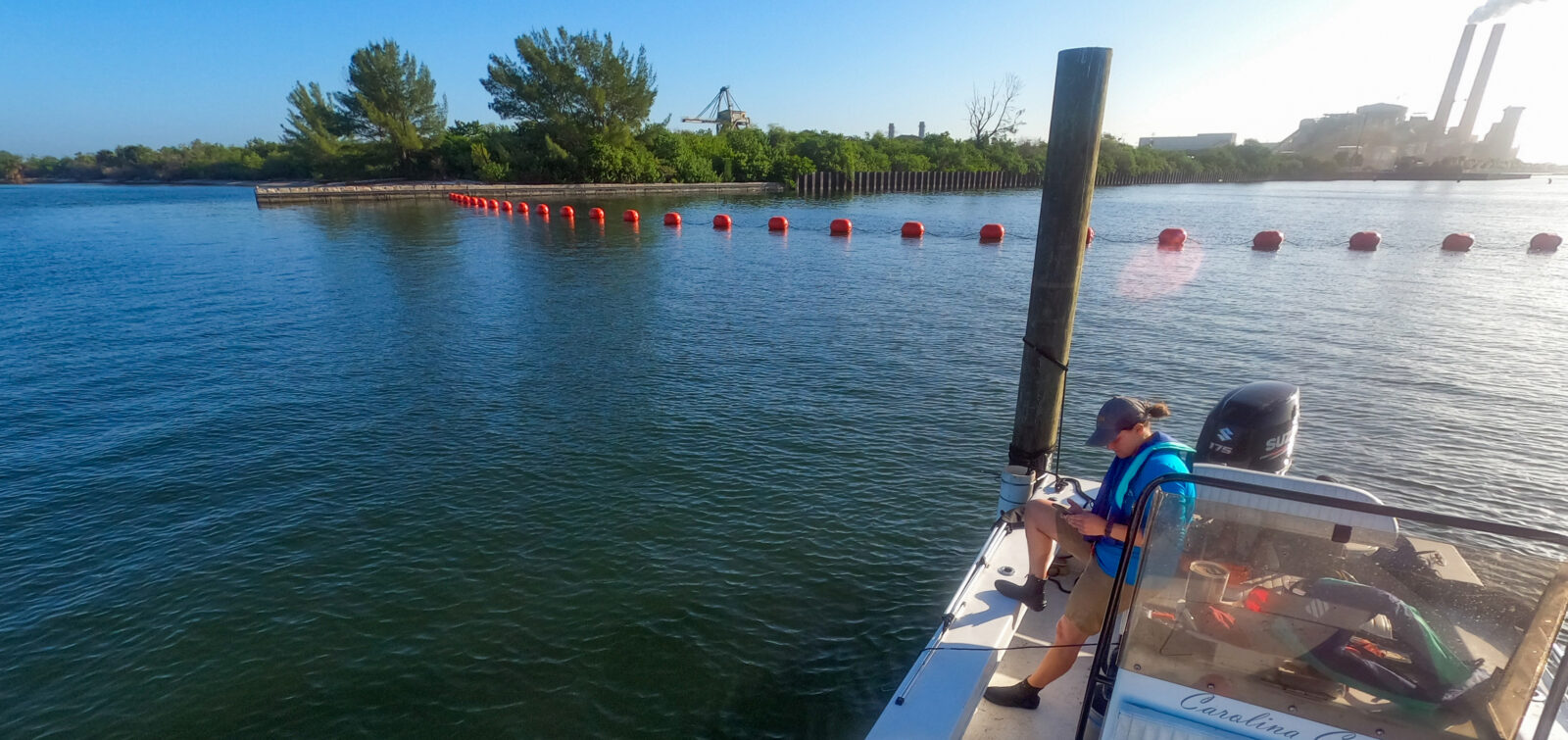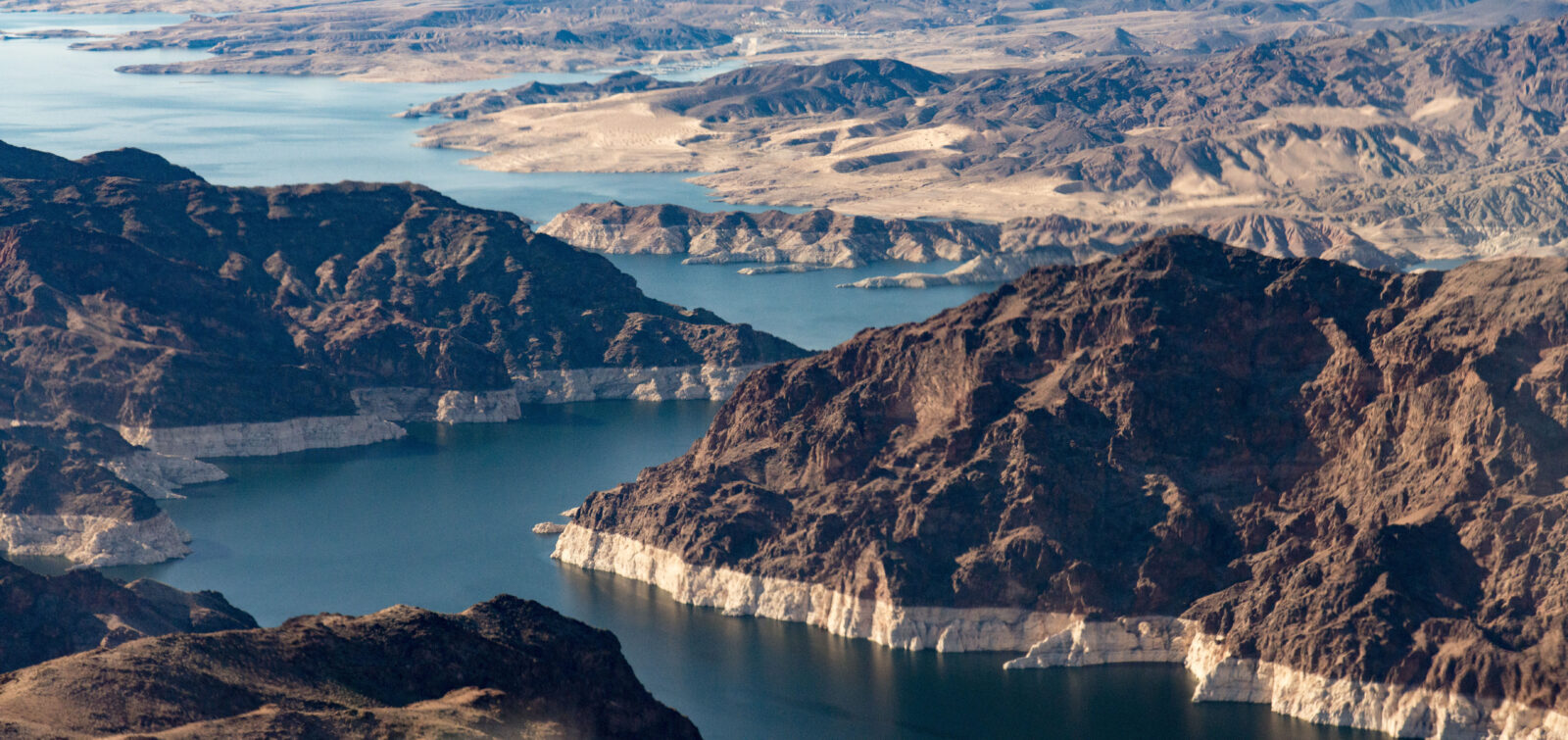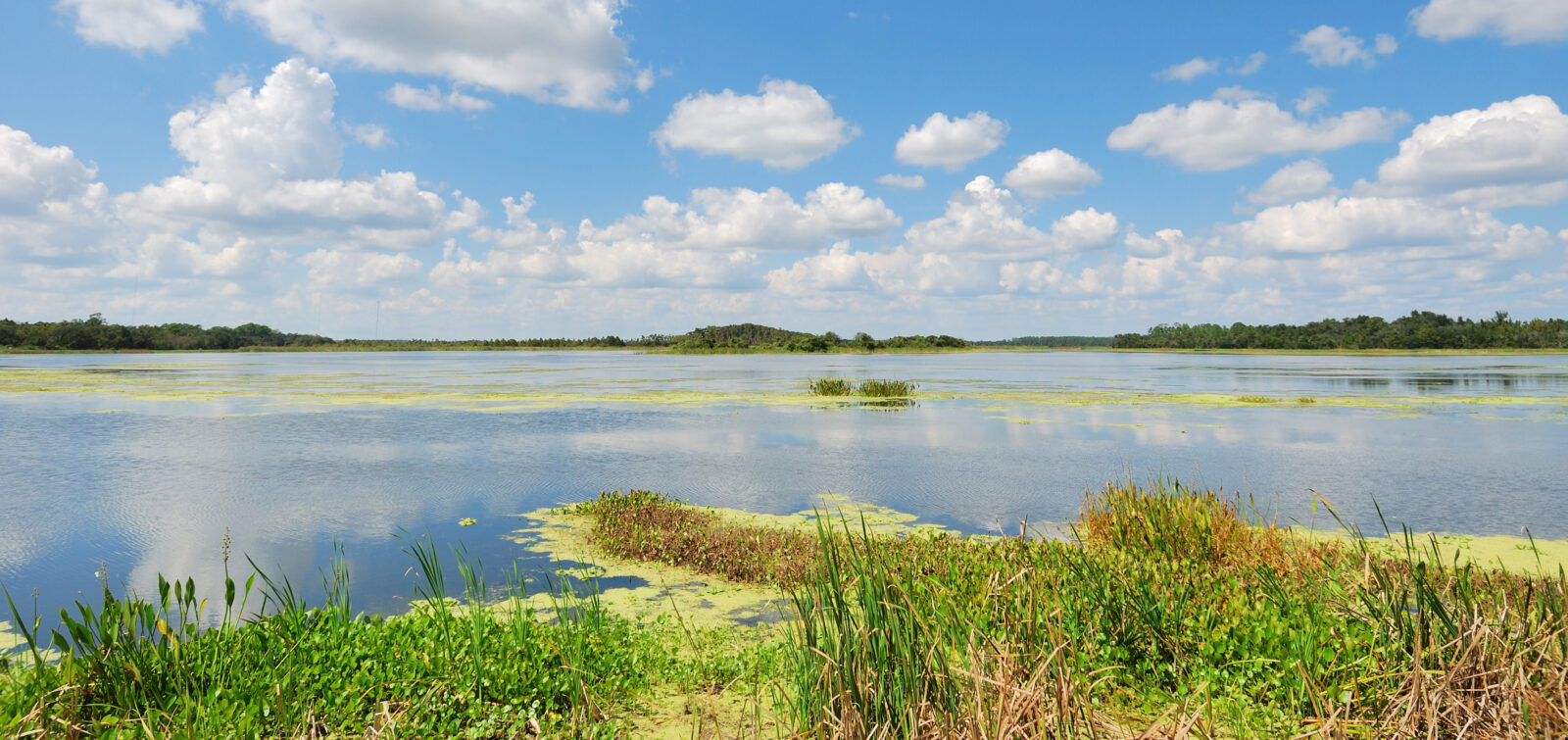The population of Florida has been expanding at a rapid rate since the 2008 economic recovery. Florida’s population grew to nearly 20.5 million in 2017, boosted by immigration from out of state. The population is projected to grow another 450,000 annually and to reach 23.3 million by 2022.
In the greater Tampa Bay metropolitan region, development increased by 7 percent between 2014 and 2017. More than 51,000 people moved into the Tampa Bay metropolitan area in 2018, earning it the ninth spot on the Census’s Top 10 Metropolitan Areas in Numeric Growth: 2017 to 2018 list. Similarly, metropolitan Orlando grew by 60,000 residents in 2018.
In addition to traffic congestion and the need for improved roadways, population growth in Florida has driven increased demand for drinking water. In the west-central Florida region that encompasses the Tampa-Orlando-Sarasota metropolitan areas, about 70 percent of the drinking water supply comes from groundwater, specifically from wellfields that tap into the Floridan aquifer. Surface water withdrawals from rivers provides another 25 percent of drinking water supply, while the remaining 5 percent comes from desalination.
The withdrawal of fresh drinking water from groundwater aquifers, rivers, and estuaries is highly regulated by the five Florida Water Management Districts and the Florida Department of Environmental Protection to prevent adverse impacts to the ecology of affected aquatic systems. Excessive groundwater pumping can reduce water levels in lakes and wetlands, causing adverse impacts to fish and wildlife, while excessive surface water withdrawals can increase upstream saltwater intrusion into tidal rivers and alter the distribution of riparian wetlands. Desalination can also result in localized increases in salinity and impacts to fish and shellfish.
Click through this interactive map showing water supply authorities that ESA has collaborated with in the region.
Florida utilities must maintain a delicate balance as they work to implement an increasing number of alternative water supply programs. ESA’s aquatic, water quality, wetlands, and other water science specialists are repeatedly engaged to help facilitate solutions. ESA is supporting water supply authorities and utilities throughout Florida―either directly or in collaboration with water-focused engineering firms―to address potential environmental impacts associated with the development of a number of new water supply projects.
Combined Projects for the Polk Regional Water Cooperative
The Polk Regional Water Cooperative (PRWC), a new agency composed of Polk County and its 15 member governments, was created to lead planning for its collective future water supply needs. Because traditional water supply is nearing the limit of “safe yields” from groundwater, PRWC has identified four alternative water supply projects, known collectively as the “Combined Projects.” The projects will generate water that requires additional (often non-traditional) treatment to attain drinking water standards, which increases costs but protects valuable natural resources.
As part of Team One, the selected consultant team for this effort, ESA is providing comprehensive environmental services, including listed-species surveys and consultation, National Environmental Policy Act compliance, wetland and water use permitting and mitigation, and wetland treatment system design support.
Tampa Bay Hydro-Biological Monitoring Program
ESA has been conducting a comprehensive water quality and ecological monitoring program for Tampa Bay Water―the regional water supply utility for the greater Tampa Bay area―associated with their surface water withdrawals from the Hillsborough River and Alafia River. The hydro-biological monitoring program assesses the effects of surface water withdrawals on salinity, dissolved oxygen, and chlorophyll-a (algae) in these two tidal river systems. ESA has also been monitoring salinity in Tampa Bay adjacent to the brine discharge from the largest desalination plant in the United States.
The development and monitoring of safe water supplies continues to be a growing segment of ESA’s business. The availability of freshwater supplies everywhere must be balanced between the needs of people and the natural environment, and we are helping to achieve this balance through creative approaches, like VenturaWaterPure in Southern California. If you want to learn more about ESA’s experience and approach to water supply solutions, reach out to Chris Warn.







